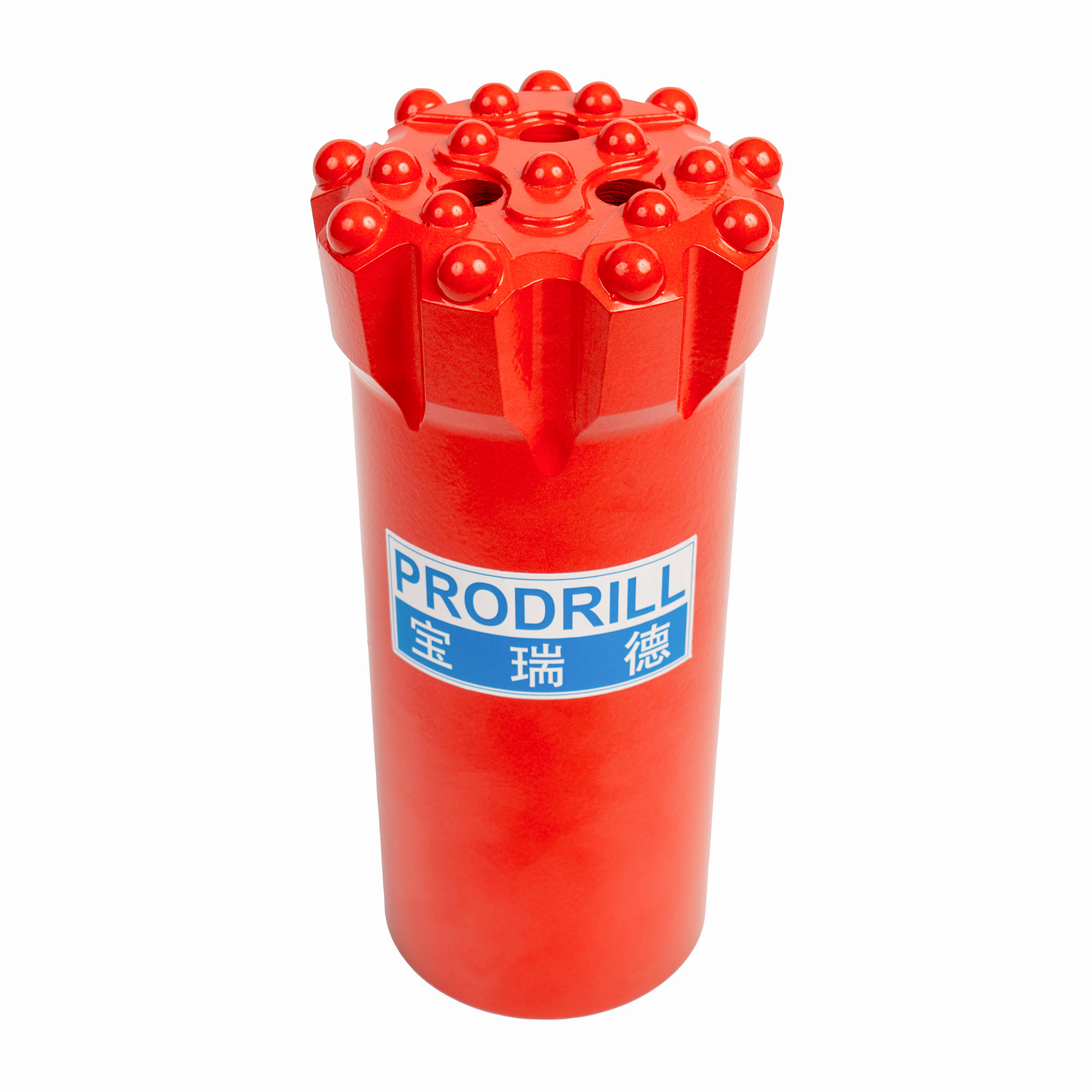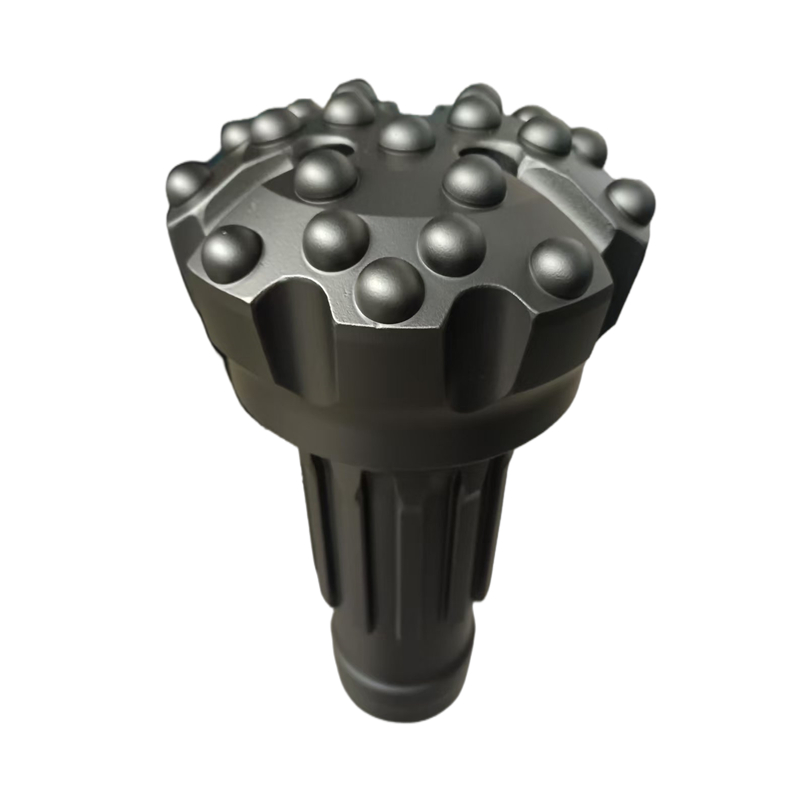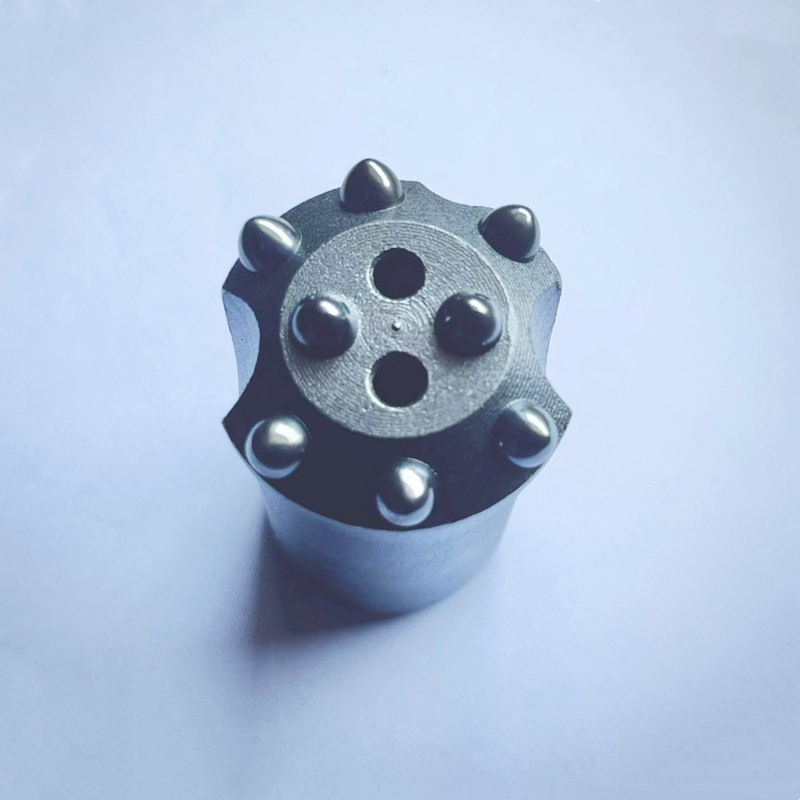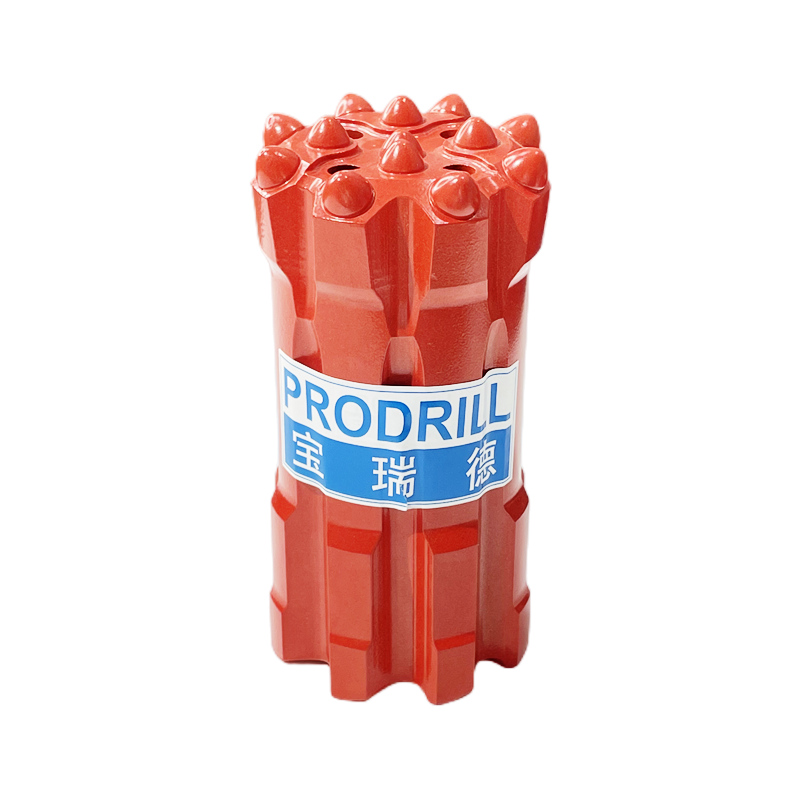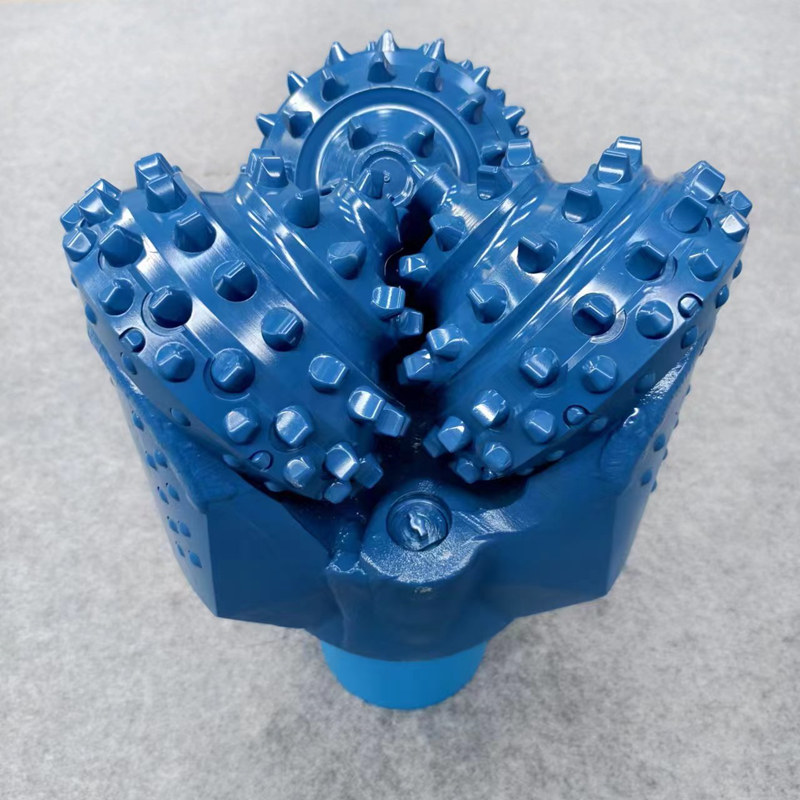How to choose a correct drill bit
02 Jan 2025
When it comes to drilling tool selections, I have found that the following plays a big part of it...
Key factors influencing tool selection:
- Rock Type and Hardness: Different types of rocks (e.g., sedimentary, metamorphic, or igneous) require specific drill bits, such as:
- Tungsten carbide-tipped bits: Ideal for hard and abrasive rocks.
- Tricone bits: Effective in softer, unconsolidated formations.
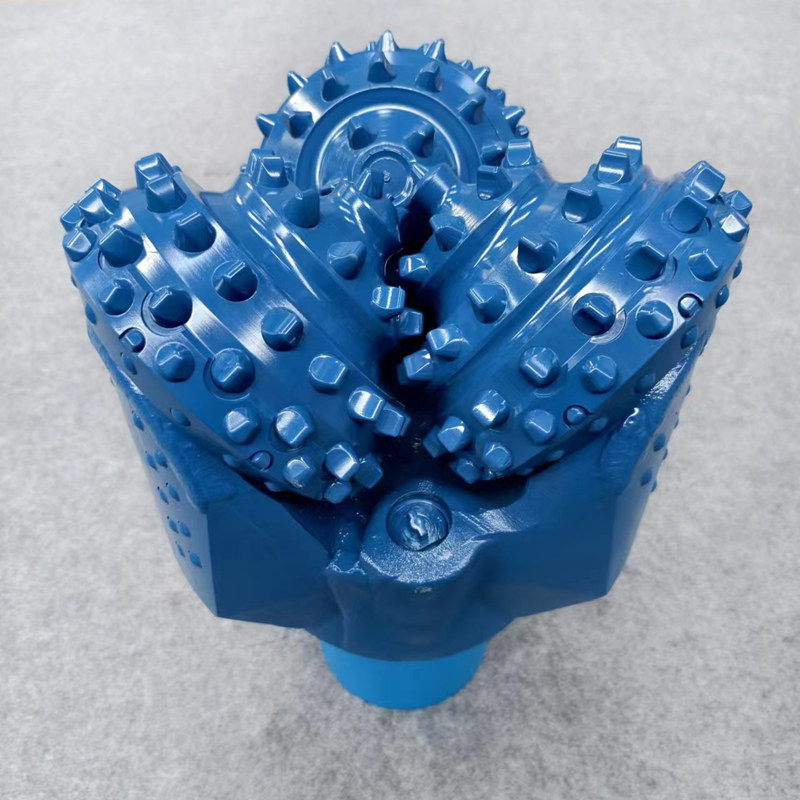
- PDC (Polycrystalline Diamond Compact) bits: Best for high-performance drilling in harder formations and deep holes.
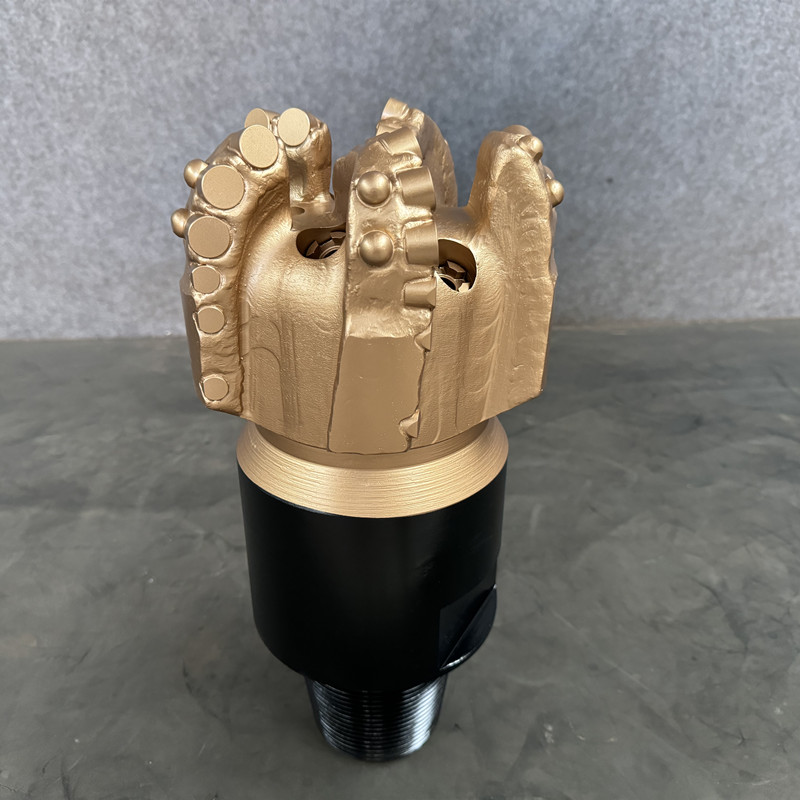
- Drilling Depth and Hole Diameter: Larger diameters and greater depths often demand specialized tools, such as larger drill bits and high-powered drills that can maintain consistent performance without overheating or
wearing down too quickly.
- Drill Rig Compatibility: Tools must match the specifications of the drill rig, including the weight, hydraulic capacity, and torque ratings. Mismatched tools can lead to poor performance and even equipment damage
-Drilling Method: The drilling method chosen—whether it’s rotary, DTH (Down-The-Hole), or top hammer drilling—affects tool selection. For example:
*Top Hammer: Suitable for hard rock formations, using tools like cross and button bits.
*DTH: Best for deep drilling applications and large-diameter holes, with tools like DTH hammers and bits that provide high penetration rates.
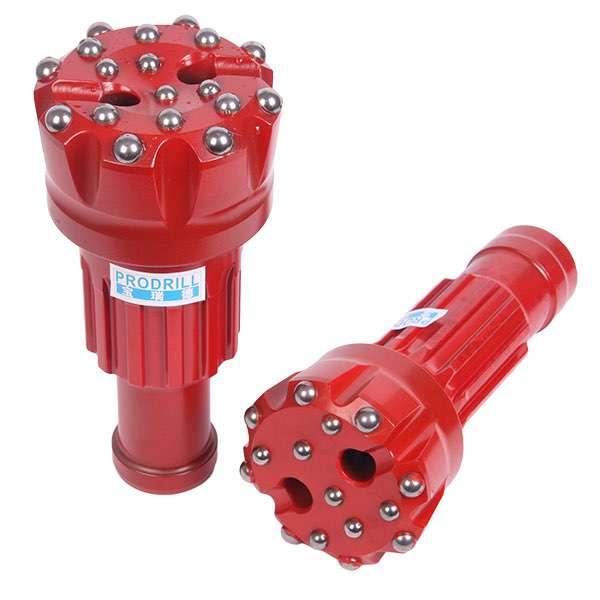
Benefits of Correct Tool Selection:
- Increased Productivity: The right tool cuts down on the time needed to complete drilling operations, leading to faster project completion.
- Cost Efficiency: Proper tool selection maximizes tool life, reducing the frequency of tool replacements and associated downtime.
- Reduced Equipment Wear and Tear: Minimizing mismatch between tools and equipment helps prevent mechanical failures and extend the lifespan of both drills and tools.
